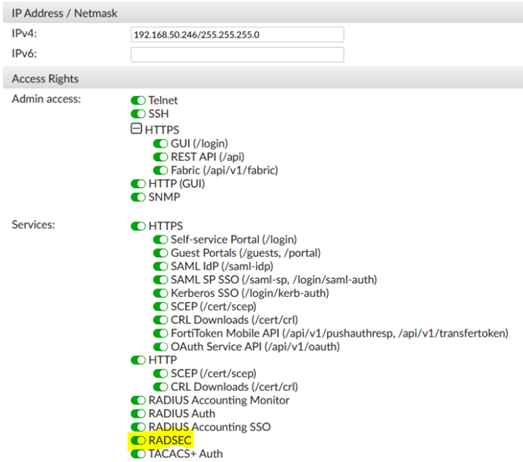- Support Forum
- Knowledge Base
- Customer Service
- Internal Article Nominations
- FortiGate
- FortiClient
- FortiADC
- FortiAIOps
- FortiAnalyzer
- FortiAP
- FortiAuthenticator
- FortiBridge
- FortiCache
- FortiCare Services
- FortiCarrier
- FortiCASB
- FortiConverter
- FortiCNP
- FortiDAST
- FortiData
- FortiDDoS
- FortiDB
- FortiDNS
- FortiDLP
- FortiDeceptor
- FortiDevice
- FortiDevSec
- FortiDirector
- FortiEdgeCloud
- FortiEDR
- FortiEndpoint
- FortiExtender
- FortiGate Cloud
- FortiGuard
- FortiGuest
- FortiHypervisor
- FortiInsight
- FortiIsolator
- FortiMail
- FortiManager
- FortiMonitor
- FortiNAC
- FortiNAC-F
- FortiNDR (on-premise)
- FortiNDRCloud
- FortiPAM
- FortiPhish
- FortiPortal
- FortiPresence
- FortiProxy
- FortiRecon
- FortiRecorder
- FortiSRA
- FortiSandbox
- FortiSASE
- FortiSASE Sovereign
- FortiScan
- FortiSIEM
- FortiSOAR
- FortiSwitch
- FortiTester
- FortiToken
- FortiVoice
- FortiWAN
- FortiWeb
- FortiAppSec Cloud
- Lacework
- Wireless Controller
- RMA Information and Announcements
- FortiCloud Products
- ZTNA
- 4D Documents
- Customer Service
- Community Groups
- Blogs
FortiAuthenticator
FortiAuthenticator provides centralized authentication services for the Fortinet Security Fabric including multi-factor authentication, single sign-on services, certificate management, and guest management.
- Fortinet Community
- Knowledge Base
- FortiAuthenticator
- Technical Tip: Radius with RADSEC support
Options
- Subscribe to RSS Feed
- Mark as New
- Mark as Read
- Bookmark
- Subscribe
- Printer Friendly Page
- Report Inappropriate Content
Description
This article provides the info on RADSEC support for Radius authentication.
Scope
For version 6.2.0.
Solution
The main focus of RADSEC is to provide a means to secure the communication between Radius/TCP peers on the transport layer.
When a RADSEC client connects to FortiAuthenticator through TLS on the specified port, after being decrypted, they are handled by the FortiAuthenticator's RADIUS daemon like standard RADIUS requests via UDP.
RADSEC can be enabled for Radius authentication with below steps,
1) RADSEC service need to be enabled on each FortiAuthenticator network interface individually.

This article provides the info on RADSEC support for Radius authentication.
Scope
For version 6.2.0.
Solution
The main focus of RADSEC is to provide a means to secure the communication between Radius/TCP peers on the transport layer.
When a RADSEC client connects to FortiAuthenticator through TLS on the specified port, after being decrypted, they are handled by the FortiAuthenticator's RADIUS daemon like standard RADIUS requests via UDP.
RADSEC can be enabled for Radius authentication with below steps,
1) RADSEC service need to be enabled on each FortiAuthenticator network interface individually.

2) Selecting a RADSEC server certificate in Authentication -> RADIUS Service -> Certificates. Certificate can be imported under Certificate Management.
3) The default RADSEC port is 2083 and can be configured in Authentication -> RADIUS Service -> Services.
Labels:
Broad. Integrated. Automated.
The Fortinet Security Fabric brings together the concepts of convergence and consolidation to provide comprehensive cybersecurity protection for all users, devices, and applications and across all network edges.
Security Research
Company
News & Articles
Copyright 2025 Fortinet, Inc. All Rights Reserved.